未来智能座舱
解读智能座舱应用
Melexis 的创新传感器技术如何引领智能座舱的发展方向
电影《银翼杀手》(Blade Runner) 向观众展示了飞行汽车。该影片设定的“未来”是 2019 年,过于乐观的估计了技术的发展速度。在影片续集中,预示到 2049 年,人类就能够实现 3 轮人工智能引导的飞行汽车。影片过于科幻,现实世界还有很长的路要走。谁也不知道飞行汽车何时能够实现,但近几十年来,汽车技术在许多方面都取得了突飞猛进的发展。一些看似遥不可及的想法都陆续成为现实。
例如,每年投放到市场的大量汽车都具有非常奢华的内饰。驾驶员和乘员监控系统能够模拟“情绪智能”,使汽车能够通过调节氛围灯照明或音乐,甚至车内气味等主动地对用户的情绪做出反应。生物识别技术能够识别车内每个人的身份,让每个人都能访问自己喜欢的内容、设置或基于云的服务。数字助理可提供指导。汽车装备各种传感器、车内摄像头和雷达。
未来随着技术进一步发展,概念自动驾驶汽车展示的车内空间已经转变成完整的游戏机,座椅振动、空调和香味的释放与游戏环境融为一体,并能模拟人的感知。有些驾驶舱看起来更像是一个健康水疗中心,座椅可以按照用户的感知需求移动、旋转和倾斜(“座椅即服务!”)。因此,汽车智能座舱将根据车内驾乘人员的需求随时发生变化。
作为一家领先的汽车芯片供应商,Melexis 始终引领智能座舱的发展,推出创新微电子半导体解决方案,以满足未来智能座舱的需要。在本文中,我们将介绍一些主要的智能座舱应用,以及 Melexis 为其开发做出的贡献。
智能座舱环境
照明
车内照明可以增强汽车的舒适性和安全性,尤其是自动驾驶。在不直接控制汽车时,驾乘人员显然不会关注路况。因此,智能照明在人车交互方面起着重要作用。例如,遇到危险时,智能座舱会迅速将氛围灯调为红色以引起驾驶员的注意。车内照明正朝着多个方向发展。该领域的发展非常快,可谓瞬息万变。某高端制造商预测,在不久的将来,汽车照明元件数量将会增加十倍。
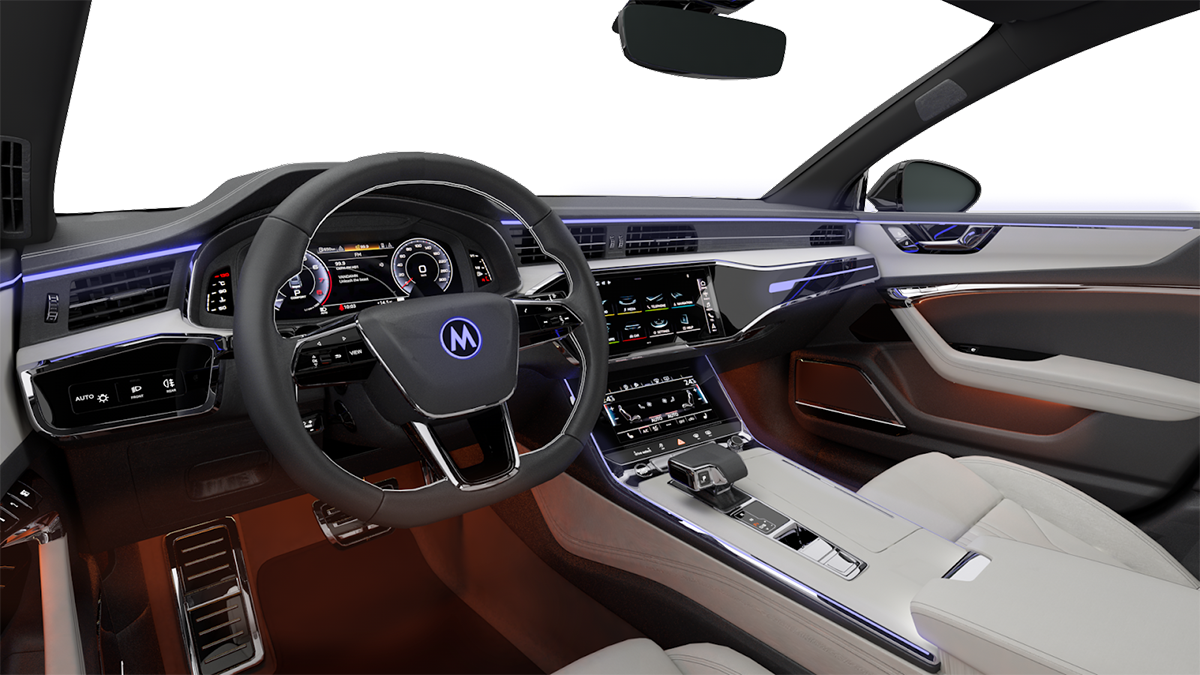
静态氛围照明和缓慢动态照明应用正在成为所有车辆的标配。极少需要照明的区域现在“看到了曙光”,包括地板、智能装饰灯带、杯架、车内温度调节出风口和织物表面等。Melexis 提供局域互连网络 (LIN) 产品,能够驱动多个 LED 灯,并简化整体设计。
高动态照明进一步诠释了这一概念。可以将其集成到驾驶辅助系统中,直观传递信息或发出警告。动态红灯可以警告即将发生的碰撞。如果一个骑自行车的人正在接近一辆停着的汽车,汽车可以在打开车门之前迅速闪烁门板上的内部红色灯来提醒司机和乘客。针对这些应用,Melexis 开发了光导总线 MeLiBu®。这是一个高速、低BOM的汽车通信系统。它使具有高RGB-LED计数的应用程序可以在汽车内进行高度动画化的灯光动画。 MeLiBu®技术已被全球领先的汽车制造商广泛采用,以增强最新车型的安全性能。
多色氛围灯照明越来越受欢迎。与此同时,随着 LED 灯数量以及汽车限制条件的增加,汽车制造商在系统集成工作中面临更多挑战。Melexis 正与 OEM 密切合作,以推出可扩展的解决方案,支持低端到高端车型,并解决轻功率和小型化等开发挑战。
驾乘人员和车内监控
主动实时驾驶员监控系统 (DMS) 可利用方向盘中的传感器或内向摄像头跟踪驾驶员警觉性,确保驾驶员在驾驶过程中保持专注。该安全功能在检测到驾驶员出现瞌睡或注意力分散迹象时会发出提醒,这是半自动驾驶汽车的一项重要功能。如果系统检测到驾驶员出现注意力分散迹象,会通过视觉或听觉警告、座椅振动或轻微自动刹车反复提醒驾驶员。这样,驾驶员可以重新完全控制汽车并在需要时进行休息。
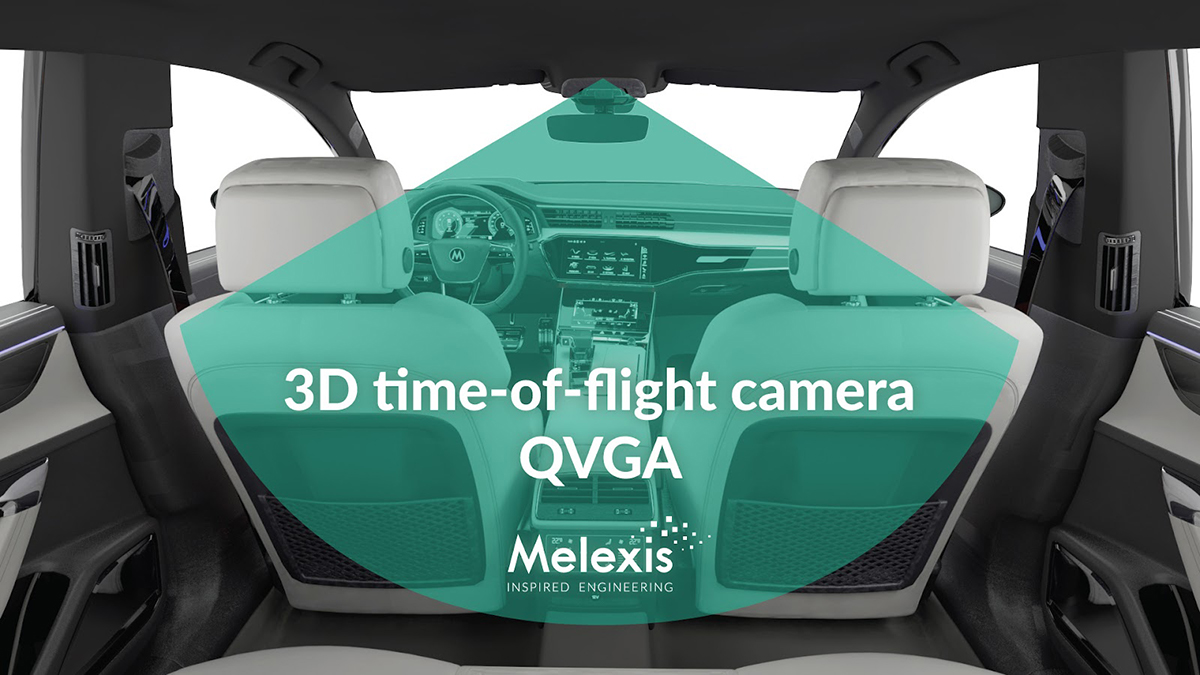
有些汽车制造商会采用儿童/乘员监控系统,使前座乘员和驾驶员能够从中央显示屏观察到后座的情况。驾驶员监控系统的其他应用包括驾驶员身份识别和验证;心率检测;头部位置跟踪;眼睛位置跟踪;以及驾驶员损伤程度检测。这些创新技术有助于为新一代自动驾驶功能提供更稳健的安全解决方案。
飞行时间 (ToF) 技术可以实现新的功能,如监测驾驶员疲劳程度、眼睛注视、手握方向盘,以及车辆占用情况(安全带检测、儿童被遗留在车中)。ToF 摄像头的主要优势是可以日夜运行;具有高距离精度、日光不变性和日光鲁棒性;运行速度高达每秒135帧(距离)。此外,直接输出3D深度信息需要更少的图像处理来计算距离信息,,因此它对处理器性能的要求更低,无需像往常一样使用功能强大的组件。借助 Melexis 的红外单点温度计或红外传感器阵列,可以实现智能座舱中(如 HVAC 系统)根据驾驶员的体温自动调节车内温度的解决方案。
Melexis 针对一系列智能座舱应用开发了光学 ToF 技术。截至 2019 年,Melexis 用于车内感应的 TOF 传感器芯片的出货量超过了 100 万颗;随着 TOF 技术实现的车内感应用例越来越多,OEM 和一级供应商对该技术的兴趣也迅速增长。
智能座舱温度调节
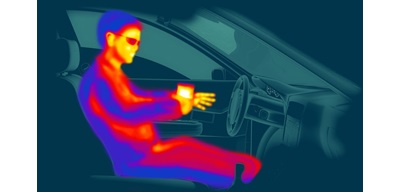 智能座舱温度对驾乘人员的舒适度非常重要。在理想情况下,汽车应自动监测和调节车内温度,使用 Melexis 非接触式红外传感器可以实现这一点。
智能座舱温度对驾乘人员的舒适度非常重要。在理想情况下,汽车应自动监测和调节车内温度,使用 Melexis 非接触式红外传感器可以实现这一点。
为了确保最佳的温度,热管理是关键,尤其是电动汽车(请参阅 BEV 热管理),其暖气热量并不来自发动机。压力传感器芯片、嵌入式电机驱动器或智能电机驱动器可提高热管理效率。通过增添正温度系数 (PTC) 加热器,不仅可以将电池温度保持在最佳状态,还可以为驾驶员和乘员供暖。对此,Melexis 可提供采用创新的集成电流传感器技术。
乘坐体验
舒适且功能齐全的座椅是未来智能座舱必不可少的组成部分。创新技术不断涌入市场,提升了乘坐舒适度并带来了新材料和自主技术。事实上,制造商现在认为“汽车座椅”已经不合时宜,纷纷改用“乘坐体验”。目的是提供可媲美头等舱的乘坐体验。
座椅控制
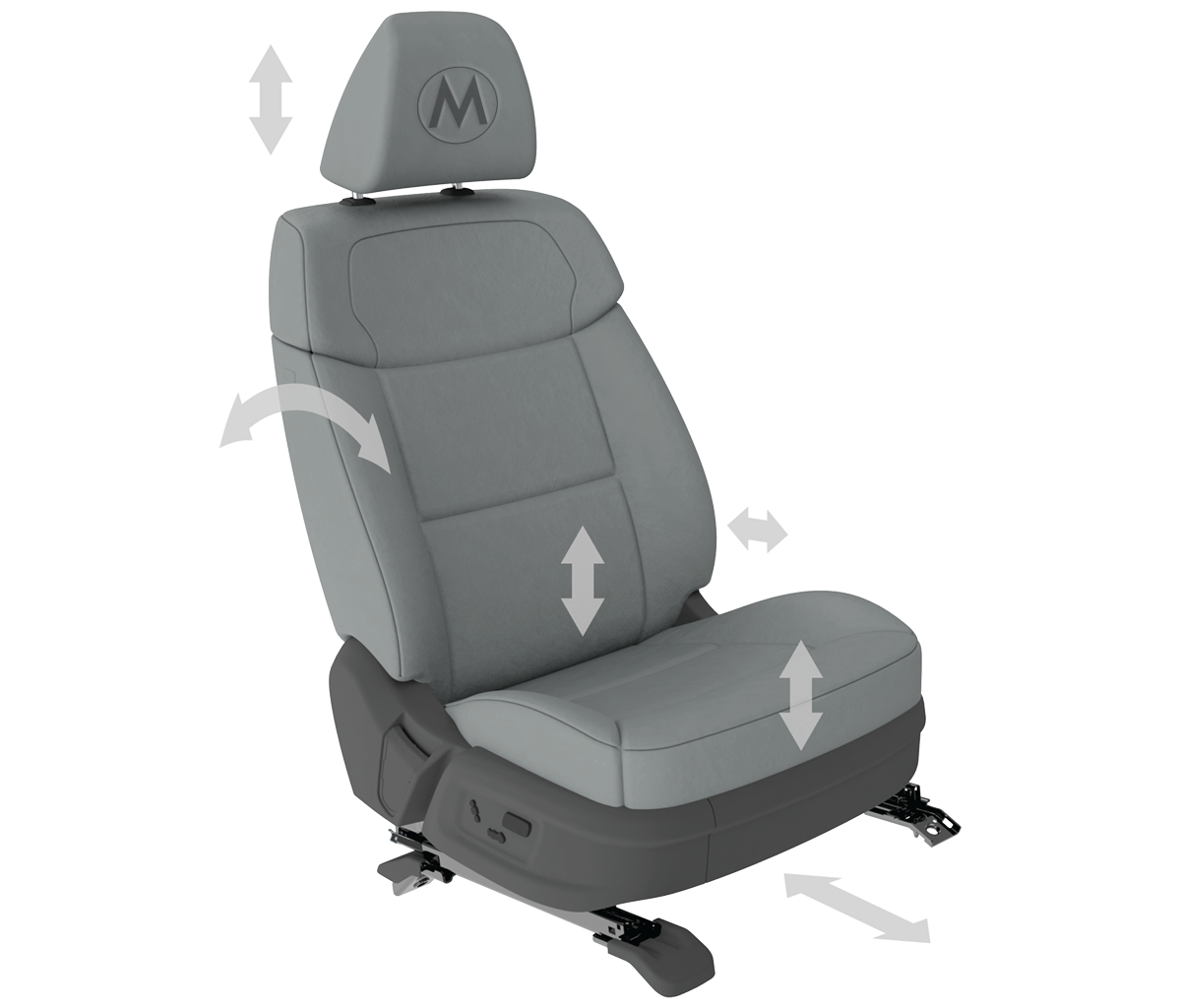 完全按照驾驶员和乘员的需要调节座椅位置(甚至可以在他们上车前执行该操作)能够确保每个人都处于合适的位置,从而可以实现安全驾驶。更重要的是,他们不必担忧(甚至不需要提醒他们)要自行进行必要调节(如后视镜)。Melexis 电机驱动器解决方案凭借其固有技术和灵活的传感器适用于多种应用。它通过锁存器和开关调节座椅位置,并且它还具有无 PCB 版本,可作为即插即用式解决方案使用。
完全按照驾驶员和乘员的需要调节座椅位置(甚至可以在他们上车前执行该操作)能够确保每个人都处于合适的位置,从而可以实现安全驾驶。更重要的是,他们不必担忧(甚至不需要提醒他们)要自行进行必要调节(如后视镜)。Melexis 电机驱动器解决方案凭借其固有技术和灵活的传感器适用于多种应用。它通过锁存器和开关调节座椅位置,并且它还具有无 PCB 版本,可作为即插即用式解决方案使用。
安全带
安全带和安全气囊是非常重要的安全功能。Melexis 通过其 2 线锁存器和开关面向市场推出安全带扣检测标杆级解决方案,通过提供Triaxis®侧向感应功能,解决了机械约束,验证了安全带仍有提升空间。
座椅按摩
有能力开发可缓解驾驶员和乘员长途旅行疲劳的汽车座椅迅速成为了一项关键的竞争优势。该功能非常重要,因为腰痛是当今困扰人们的最常见和最严重的疾病之一。因此,座椅形状、噪音、气味和便利性越来越受到关注。按摩座椅的引入,进一步提高了汽车的舒适度。适当按摩腰部可以增加腰部肌肉活动并促进血液循环,从而降低腰痛风险。Melexis 压力传感器芯片能够提高智能座舱的舒适体验,例如,座椅腰部支撑功能。
座椅风扇
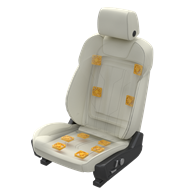 座椅风扇可为乘员带来凉爽的空气,市场需求在不断升高。
座椅风扇可为乘员带来凉爽的空气,市场需求在不断升高。
HVAC 系统也需要风扇来支持空气净化器系统。Melexis也在这些领域提供解决方案,特别是其最先进的一体化单线圈风扇和泵驱动芯片。所有这些解决方案都大幅提升了乘员的舒适度
驾驶控制和命令 (HMI)
手势控制
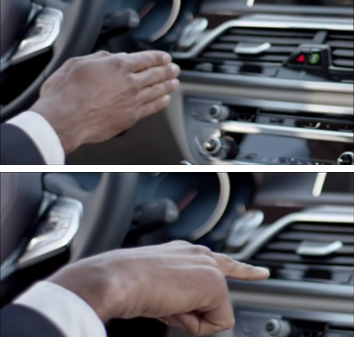 手势控制可以有效降低因注意力分散而导致事故的发生,它可以最大程度避免驾驶员将视线从道路上移开
手势控制可以有效降低因注意力分散而导致事故的发生,它可以最大程度避免驾驶员将视线从道路上移开
目前高端车型中采用简单手势控制的应用包括接听电话、调换广播频道或调节音量、滚动菜单、缩放导航屏幕、播放下一首歌曲、打开或关闭天窗,或者操作内饰照明系统。
3D ToF 摄像头对于手势控制至关重要。在 2019 年和 2020 年,Melexis 推出了第三代满足车规要求的 3D ToF 传感器芯片,此后该产品逐渐被高端 OEM 采用。
控制旋钮
 手势控制的出现并不一定意味着普通控制旋钮会消失。经过重新设计的最新控制旋钮称为“多功能控制器”,可以与触摸屏技术形成互补。
手势控制的出现并不一定意味着普通控制旋钮会消失。经过重新设计的最新控制旋钮称为“多功能控制器”,可以与触摸屏技术形成互补。
通过按压、旋转或轻推等操作控制车内温度调节系统、音频设置、音量及其他许多应用。另外,还可以使用该技术控制操纵杆运动,例如,Melexis 多功能转向灯杆。Melexis Triaxis® 汽车 3D 磁力计(磁场传感器)能够为智能座舱 HMI 应用(如转向灯杆或电子旋钮控制)提供进一步支持。
按钮控制
Melexis 的智能座舱锁存器和开关(包括 Triaxis® 侧向感应解决方案)种类齐全,可支持驾驶员周围的所有按钮,包括重要安全按钮,例如:
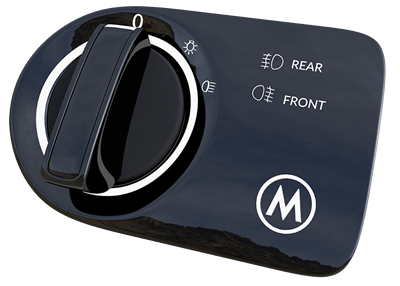
-
前照灯开关
-
驾驶员手动调节
-
方向盘上的界面按钮(拇指方向盘按钮)
-
遮阳板位置检测
-
转向灯杆末端位置方向
-
安全气囊关闭开关
-
驻车锁开关
-
...
触摸屏
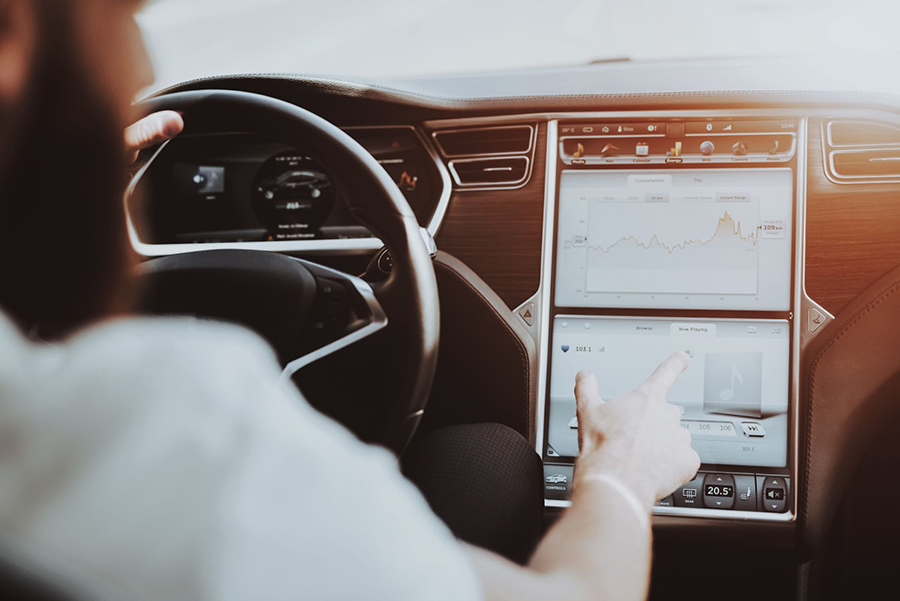 触摸屏、音频视频导航 (AVN)、单一大屏显示器和 HUD 显示器逐渐成为标配。它们完美融合人体工程学与安全功能。借助这些系统,驾驶员和乘员可以轻松操纵控制功能,同时最大程度降低驾驶员注意力分散的风险
触摸屏、音频视频导航 (AVN)、单一大屏显示器和 HUD 显示器逐渐成为标配。它们完美融合人体工程学与安全功能。借助这些系统,驾驶员和乘员可以轻松操纵控制功能,同时最大程度降低驾驶员注意力分散的风险
市场趋势表明,此类显示器将越来越大。它们可能会从整个仪表板经前排座椅之间的中控台延伸到副驾驶位置。
这些智能设备中的 GPU 需要充分冷却。需要确保电子设备和周围环境(如智能座舱)处于合理的温度。请咨询 Melexis 风扇驱动芯片部门,了解适用的冷却解决方案。
方向盘
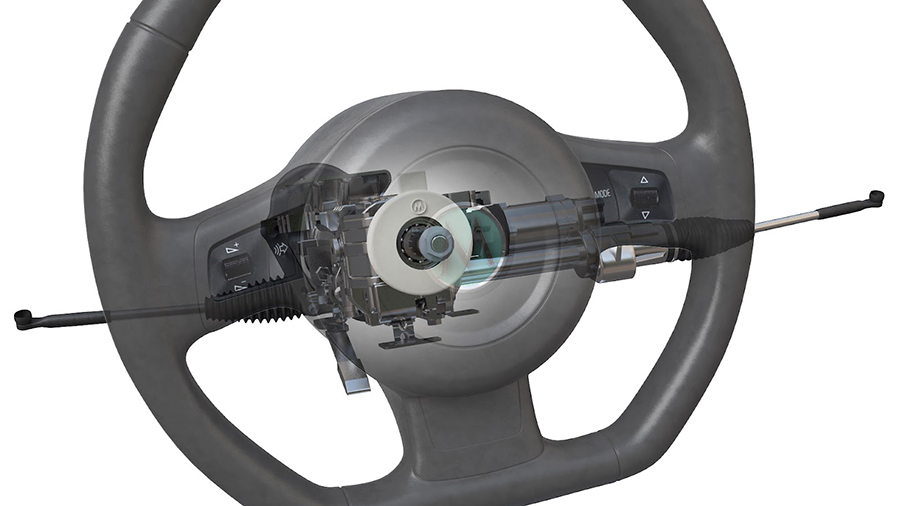 在不久的将来,即使是全自动驾驶汽车,仍需要配备转向柱和方向盘。
在不久的将来,即使是全自动驾驶汽车,仍需要配备转向柱和方向盘。
在该领域,Triaxis® 磁性位置传感器芯片的适用性非常广,其中包括刹车或油门踏板以及电子转向(还需要使用磁性线性霍尔传感器进行扭矩感应)位置感应。
换档杆
最近的一项创新举措是旋转控制器,它可以取代换档杆、传统方向盘控制系统和一系列按钮。Triaxis® 磁性位置传感器支持这种自动变速换档解决方案(杆式、旋钮式和短柄式)。通过移除硕大的换挡杆,减少集成工作,并减小解决方案的尺寸。
门窗
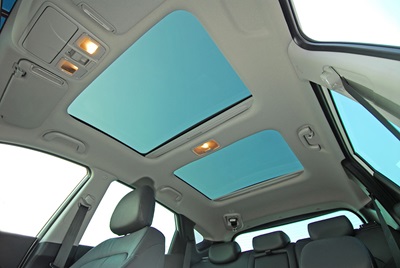 在不久的将来,所有车门都可能实现在驾驶员靠近时自动打开,或者通过手势控制打开。该技术对于残障人士非常实用,也能在携带儿童座椅或大件物品时提供便利,因为驾驶员的双手获得充分解放。用户不用担心门自动打开时会撞到路灯柱或附近停放的汽车,因为超声波或雷达传感器能够检测到所有障碍物
在不久的将来,所有车门都可能实现在驾驶员靠近时自动打开,或者通过手势控制打开。该技术对于残障人士非常实用,也能在携带儿童座椅或大件物品时提供便利,因为驾驶员的双手获得充分解放。用户不用担心门自动打开时会撞到路灯柱或附近停放的汽车,因为超声波或雷达传感器能够检测到所有障碍物
上车后,乘员可以使用按钮关上车门,而无需伸手把门关上。对于车窗而言,某制造商正在开发车窗自动打开系统,以防止乘员在车辆沉入水中时溺水。
这些都是 Melexis 关注的未来应用领域。以此同时,Melexis 拥有完备的直流和 BLDC 电机传感器解决方案,可满足各种应用(如车窗升降器和天窗电机)需求,LIN 嵌入式电机驱动芯片以及锁存器和开关或磁性位置传感器芯片,使系统更加完善。
结论
自动驾驶为汽车智能座舱带来了翻天覆地的变化,势必将引发更多变革。传统显示和操作系统将无法满足需求,并将被淘汰。新的车内传感器、应用和 HMI 将汽车变成移动的智能办公室、起居室或卧室,甚至同时实现三者的功能。“未来智能座舱”如今已经非常普及,并且正在迅速发展。
Melexis 已经做好充分准备,将在上述发展中大显身手。我们始终以创新谋发展,不断扩大业务范围,覆盖智能座舱应用的方方面面。我们勇于进取,不断发展,以满足最新智能座舱应用的需求。除了芯片以外,Melexis 还提供完全可扩展的灵活架构,以促进汽车制造商向最新趋势发展,而无需重新考虑整个车身控制单元系统。

